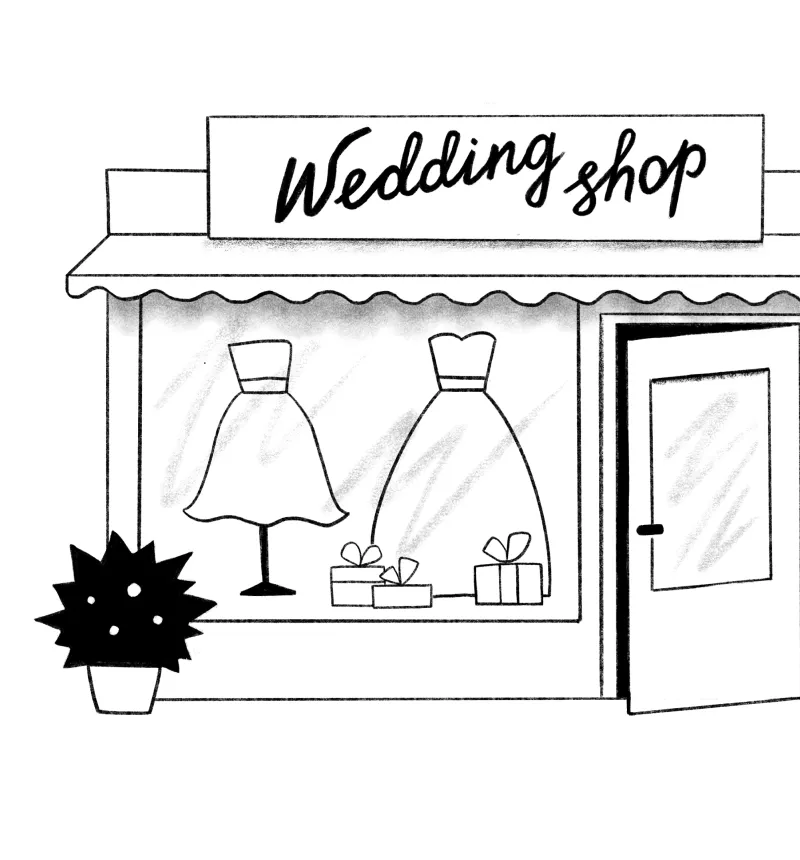Add, remove & assign phone numbers on demand
Manage, respond to, and share calls with your team
Send & receive any message you need to
Keep contact details in one place with a shared phonebook
For on-the-go teams to share messages, calls, and contacts
A full directory of all our included features

Small business, big question: Should you ever delete a bad Google or Facebook review?

You may have found yourself the subject of a bad review you thought was undeserved, or perhaps you’ve left a stinging review only to have second thoughts. In either case, you’ve likely considered whether it’s a good idea to delete a review.
Whether you stand on the business owner or customer side, there are a few things to consider before rushing to delete a negative review.
We’ll look at both sides’ perspective and help you see if deleting a bad review is appropriate.
Should you delete a bad review as a customer?
If you’ve left a bad review and you’re starting to regret it, the critical question is whether your guilt is well-founded. Feeling bad about the review isn’t always reason enough to delete it.
If the review is factually accurate and points to real substandard issues you experienced, then there’s no reason to take it down.
However, a review that you left while you were angry is one you may need to revisit. If your annoyance caused you to exaggerate your experience or get inappropriately personal, the best way forward may also be to delete or edit the review. You can find a step-by-step guide on how to do that here.
It’s important to remember that there are some situations where you should never consider deleting a bad review, especially if it’s an unbiased view of the experience you had. You can find out more about such situations here.
After a misunderstanding
A bad review that you left after a misunderstanding with a business can fall either way on the delete-or-not scale. The answer depends entirely on how the business handled it. If the business was at fault for lack of communication or generally poor customer service, the bad review may be well deserved.
But if you realise that you were rash and misjudged the situation, deleting the review is the fairest way to proceed.
It’s the same case if the positive response from the business overshadows the initial dissatisfaction or if you left the review before giving the business a chance to resolve the problem.
After realising that things have changed
You may have left a review a while ago, then returned to the business or ordered from it again, only to receive an experience that is entirely different from the first one you experienced.
Though you may be tempted to delete your bad review in such a situation, it makes more sense to leave a new review describing the latest experience you’ve had and how the business has changed. The reason for this is that at the time you left your initial, it was an accurate representation of the business's quality of service at the time.
If you can only leave one review (it depends on the site), then perhaps you could edit your initial review to include the new experience.
Should you delete a bad review as a business owner?
As a business owner, there are very few times when it's appropriate for you to delete business reviews. Doing so often inspires mistrust — and on most review platforms, it simply isn’t possible to go ahead and delete any old bad review. The good news is that not all bad reviews are bad for business; with the right management, they can actually help.
However, there are exceptions. These are typically when the review doesn’t accurately reflect your business or was left for the sole purpose of damaging your brand’s reputation.
When a review is fake
When you’re the victim of a fake review, you have every right to get it removed.
But, before you start the process to get the review removed, make sure that it’s undoubtedly a fake review. You should take steps to verify the customer on your system, check if they've ever left reviews for other businesses, and talk to your team to see if the customer checks out.
After a misunderstanding with a customer
If you’ve been through a misunderstanding with a customer and they decided to leave your business an unsubstantiated bad review, that’s enough grounds for you to try to get it removed. Whether you’ll be successful depends on the rules of the reviewing platform.
There is another way to approach this situation. It’s an opportunity to display the human face of your business and show your audience online how you respond to criticism.
Politely, you can give your side of the story and explain how the misunderstanding came about, while also taking care to apologise that the customer had a negative experience. You can even go a step further and invite them to revisit so they can enjoy an experience that truly reflects your business.
Be sure to only explain your side of the story where it is truly relevant, i.e. in the case of a significant misunderstanding. In most cases, it’s best to simply prioritise the concerns of the customer rather than defending your business.
After a customer has had a genuinely negative experience
When a customer leaves a bad review after a legitimately unenjoyable experience, that’s still a chance for your business to endear itself to your online audience. But, this is not a situation in which you should consider getting the review removed.
Instead, you can address the customer’s concern, offer a sincere apology, and outline the practical things you intend to do to ensure that whatever the customer went through is less likely to happen again.
In short…
Google reviews can make or break a small business. Customers and business owners can either leave or receive bad reviews, but when things cool off, perspective changes. Whether you should remove the review, however, is entirely a matter of context. This guide and the others it links to offer a clearer idea about those rare instances when deleting a review is the right choice.

Continue reading
Wondering if it would be more mature to just delete that scathing review?
Not so fast. Here are 8 ways a bad review can help businesses and customers alike.



